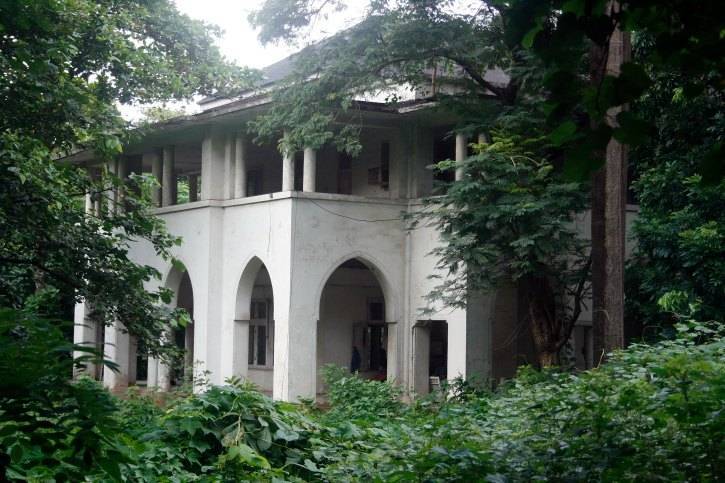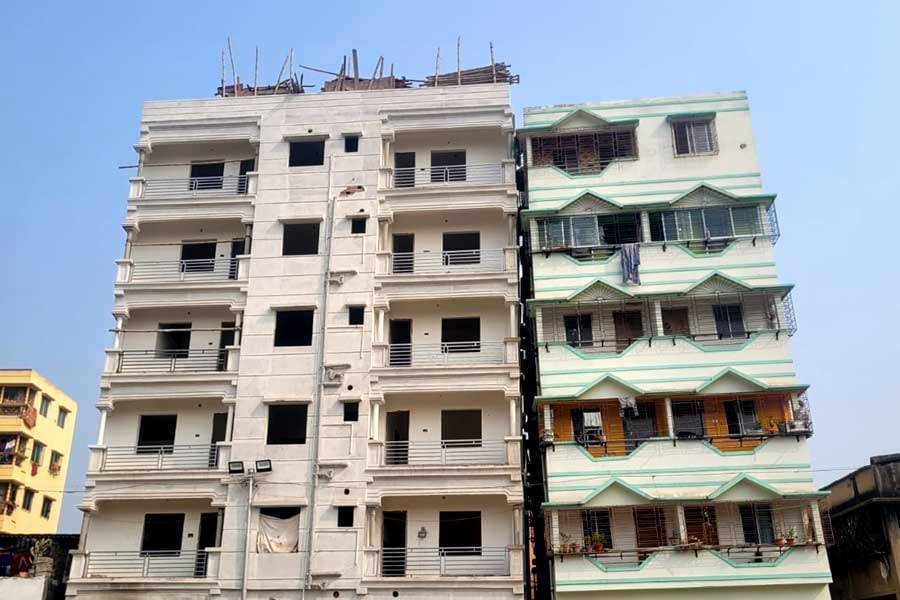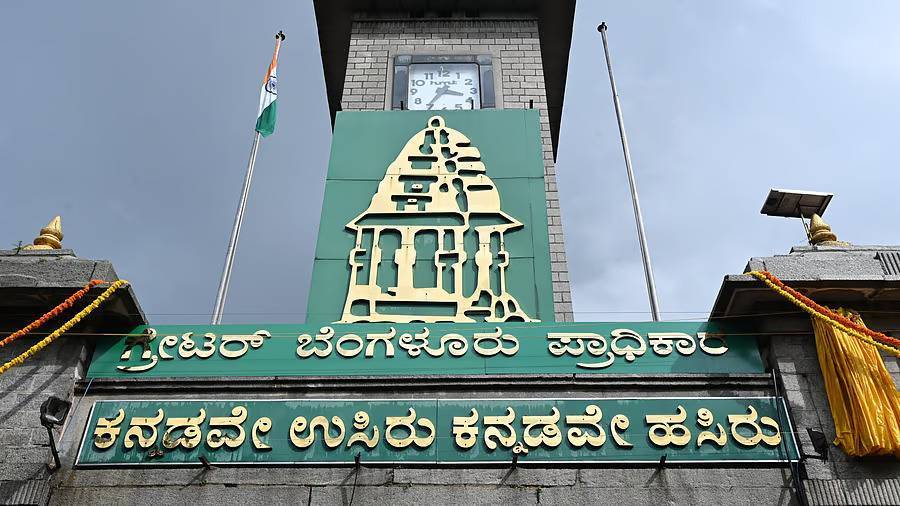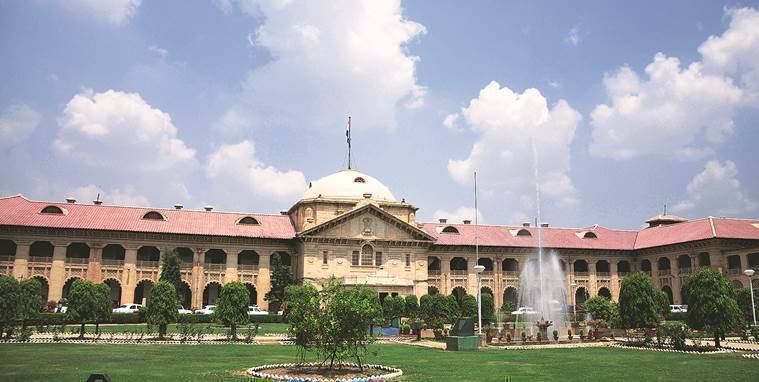The recent spotlight on Saif Ali Khan’s ancestral properties in Bhopal being at risk of being labeled "enemy property" has stirred public debate about the scope and application of the Enemy Property Act in India. This focus on Saif Ali Khan’s family assets has extended to a more prominent subject: the fate of Jinnah House, or South Court, in Mumbai. This sprawling mansion, designed by famed architect Claude Batley, has long been associated with the founder of Pakistan, Muhammad Ali Jinnah. Despite the legal nuances and changing political winds, Jinnah House has managed to avoid the "enemy property" label — a status that would bring it under the control of the Indian government. But why has this property, linked to a pivotal figure in India-Pakistan relations, not been categorized as such, and what does its fate reveal about India’s stance on enemy properties?
What is the Enemy Property Act?
The Enemy Property Act of 1968 was enacted by the Government of India to deal with properties that belonged to people who migrated to Pakistan or China after the partition of India in 1947. These properties were designated as "enemy properties" and were vested in the government under the Custodian of Enemy Property for India (CEPI). The primary goal of the law was to prevent these properties from being misused or illegally transferred due to the strained diplomatic ties between India and Pakistan, as well as China, in the aftermath of the partition and subsequent conflicts.
There are now over 13,000 immovable enemy properties scattered across various states of India, with the majority in Uttar Pradesh and West Bengal. The CEPI has the authority to declare any property as enemy property, which could be subject to liquidation through an auction. A large auction of such properties is scheduled to take place on February 13, 2025, where properties in regions like Colaba in Mumbai, as well as other states like Uttar Pradesh, Tamil Nadu, and West Bengal, will be up for sale.
Jinnah House: The Historical and Legal Landscape
Jinnah House, located on a 2.5-acre land parcel in the upscale Malabar Hill area of Mumbai, is a legacy of the founder of Pakistan, Muhammad Ali Jinnah. Jinnah, a towering figure in the Indian freedom struggle, had this palatial residence constructed for himself in the 1930s. The mansion, designed by British architect Claude Batley, was originally intended as a private residence for Jinnah but soon became a symbol of political power and legacy. The house became a significant part of Jinnah’s life, and it was here that he spent his last days before leaving for Pakistan in 1947.
Interestingly, the Indian government has not designated Jinnah House as an enemy property under current laws, a fact officially confirmed by a 2018 Lok Sabha reply. Despite this, the mansion’s fate remains clouded with a complex history of ownership, legal battles, and international demands for its sale or preservation.
The Value and Significance of Jinnah House
Real estate experts suggest that while Jinnah House may have a notional value of up to ₹1,000 crore, its true market value could be lower due to various legal challenges, height restrictions, and coastal zone regulations. The mansion's status as a heritage structure also complicates its sale or redevelopment.
In the years following the partition, the Indian government took control of the property under laws aimed at preserving assets from the displaced and managing properties abandoned by individuals who had migrated to Pakistan. Despite this, the Indian government, acknowledging the architectural value of the property, leased Jinnah House to the Deputy High Commission of the United Kingdom in Mumbai. The mansion served as the official residence of the British Deputy High Commissioner until the early 1980s.
After this period, the property came under the full control of the Indian government, and the question of what to do with it has remained a subject of debate ever since.
Ownership Disputes and Claims
Jinnah’s daughter, Dina Wadia, had long argued that she held ownership rights over the property. Wadia, who had lived in the United States, claimed that the mansion should belong to her, as the legal heir of her father. However, the issue became more complicated after Wadia’s passing in 2017. Her son, Nusli Wadia, chairman of Britannia Industries, continued to push for his family’s rights to the property. In 2018, the Bombay High Court allowed Nusli Wadia to become the legal petitioner for the property’s inheritance, but the case has made little progress in the courts since then.
Notably, Pakistan has repeatedly expressed interest in acquiring Jinnah House, with the goal of turning it into a memorial for the country's founder. The Indian government, however, has not entertained this request.
The Local Political Dimension
The political landscape around Jinnah House is also shaped by local demands for its repurposing. Mangal Prabhat Lodha, a property magnate and local Member of the Legislative Assembly (MLA), has consistently advocated for the transformation of Jinnah House into a cultural center dedicated to South Asia. Lodha has been a vocal proponent of repurposing the mansion to serve as a space for fostering cultural and educational exchanges. He has called on Union Home Minister Amit Shah to take steps to transform the mansion, rather than leave it idle.
The Saif Ali Khan Connection
While the spotlight on Jinnah House has remained largely on its legal and historical significance, the case surrounding Saif Ali Khan’s ancestral properties in Bhopal has brought renewed attention to the issue of "enemy properties." The Madhya Pradesh High Court’s December 2024 judgment on the matter clarified that the Ministry of Home Affairs (MHA) should be the authority to decide whether Saif Ali Khan’s Bhopal properties, inherited from his Pakistani-born grandfather, should remain classified as enemy properties.
Saif Ali Khan’s family, which includes his mother Sharmila Tagore, has filed an appeal challenging the enemy property designation. The designation stems from the fact that Saif’s grandfather, Hamidullah Khan, had migrated to Pakistan post-partition. Under the Enemy Property Act, properties belonging to individuals who migrated to Pakistan are categorized as enemy properties, thus complicating inheritance rights. However, a 2017 amendment to the Enemy Property Act has made it harder for legal heirs to claim property rights to ancestral assets, further complicating Saif Ali Khan’s case.
The Future of Jinnah House
The future of Jinnah House remains uncertain, as its legal status, preservation, and potential use continue to spark debates. While it is not currently classified as "enemy property," ongoing political and legal factors could lead to changes in its status or use. The property, located in Mumbai’s Malabar Hill, holds significant historical and architectural value, and discussions about its future have involved a wide range of voices, from real estate experts to government officials.
The debate surrounding Jinnah House highlights the complex relationship between heritage, politics, and law in post-colonial India. Whether the mansion becomes a cultural center, remains a historical landmark, or is repurposed for other uses, its fate will likely influence broader discussions on property rights, historical memory, and international diplomacy for years to come.
Image source- architexturez









.png)